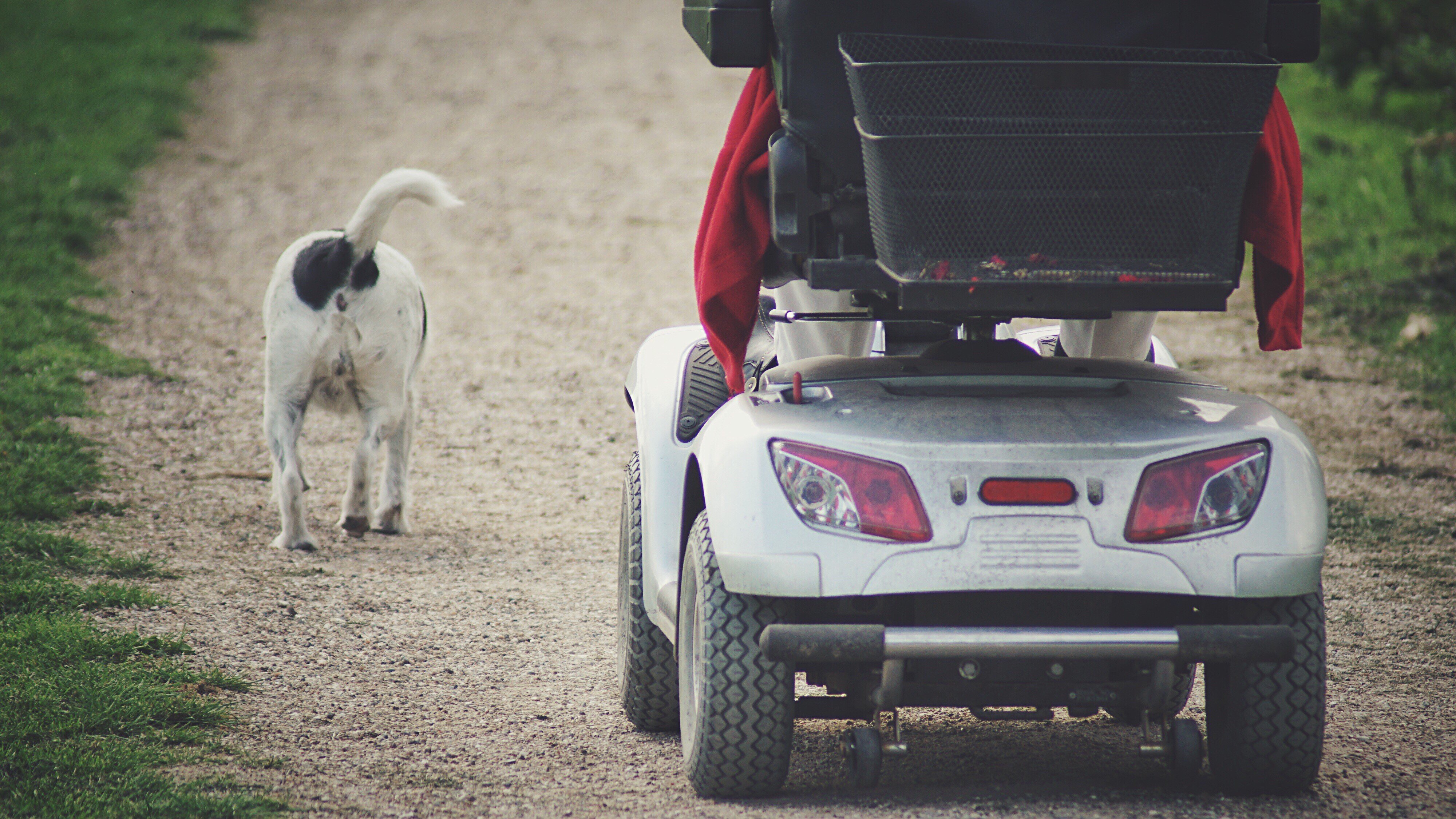Navigating the World of Mobility Scooters: A Comprehensive Guide
In an era where mobility is progressively recognized as an essential aspect of lifestyle, the need for assistive gadgets has actually risen. Amongst these, mobility scooters stick out as a flexible and empowering alternative for individuals with mobility difficulties. This thorough guide looks into the world of mobility scooters, offering insights into their types, advantages, buying considerations, and upkeep tips.
Understanding Mobility Scooters
Mobility scooters are motorized vehicles created to help individuals with mobility issues in moving around more easily and separately. They are especially beneficial for those who discover strolling hard due to conditions such as arthritis, numerous sclerosis, or post-surgical healing. Unlike manual wheelchairs, mobility scooters need minimal physical effort, making them an exceptional choice for extended use.
Kinds Of Mobility Scooters
Three-Wheel Scooters
- Pros: More maneuverable, lighter, and easier to save.
- Cons: Less stable on rough terrain.
- Best For: Indoor and smooth outside surface areas.
Four-Wheel Scooters
- Pros: More stable, better on rough surface, and can bring much heavier loads.
- Cons: Bulkier and less maneuverable.
- Best For: Outdoor usage, specifically in parks and on unequal surface areas.
Portable Scooters
- Pros: Lightweight, foldable, and easy to transport.
- Cons: Limited range and speed.
- Best For: Travel and occasional usage.
Sturdy Scooters
- Pros: Built to manage heavier users and rugged environments.
- Cons: More costly and less portable.
- Best For: Users over 300 pounds or those who require to browse rough terrain.
Standing Scooters
- Pros: Provide a standing position, which can be helpful for users who can not sit for long periods.
- Cons: Limited stability and range.
- Best For: Users who prefer standing and require short-distance assistance.
Benefits of Mobility Scooters
Improved Independence
- Mobility scooters permit users to travel longer ranges without fatigue, allowing them to take part more fully in day-to-day activities and gatherings.
Improved Safety
- With features like seat belts, anti-tip wheels, and brake systems, mobility scooters provide a much safer alternative to manual wheelchairs and walking aids.
Convenience and Support
- Adjustable seats, back-rests, and armrests guarantee a comfortable trip, minimizing the stress on the user's body.
Affordable
- While the initial financial investment can be significant, mobility scooters are typically more cost-effective in the long run compared to frequent taxi trips or specialized transportation services.
Social Inclusion
- Mobility scooters facilitate higher social interaction by allowing users to participate in neighborhood activities and preserve a more active way of life.
Aspects to Consider When Buying a Mobility Scooter
User Needs and Abilities
- Evaluate the user's physical condition, mobility requirements, and everyday activities to determine the most suitable kind of scooter.
Size and Weight Capacity
- Ensure the scooter can accommodate the user's size and weight conveniently and securely.
Variety and Speed
- Think about the common distance and speed needed for everyday usage. Some scooters have a range of as much as 30 miles on a single charge.
Portability
- If travel is a priority, choose for a portable scooter that can be quickly dismantled and transferred.
Upkeep and Support
- Select a trusted maker that offers dependable customer service and maintenance support.
Budget
- Set a budget and check out alternatives that use the very best value for money. Consider funding disabled scooters near me and possible insurance coverage.
Upkeep Tips for Mobility Scooters
Routine Cleaning
- Clean the scooter regularly to avoid dirt and debris from impacting its efficiency. Utilize a soft fabric and mild detergent.
Battery Maintenance
- Follow the maker's standards for battery charging and upkeep. Routinely inspect the battery level and prevent deep discharges.
Tire Inspection
- Inspect the tires for wear and appropriate inflation. Replace or fix as needed to guarantee a smooth and safe ride.
Lubrication
- Oil moving parts such as the chain and gears to decrease friction and prevent wear.
Professional Servicing
- Schedule regular expert servicing to deal with any problems and guarantee the scooter stays in ideal condition.
Frequently Asked Questions About Mobility Scooters
Are mobility scooters covered by insurance coverage?
- Some insurance plans, consisting of Medicare, might cover the cost of mobility scooters under certain conditions. Examine with your provider for specific information.
Can I utilize a mobility scooter inside your home?
- Yes, lots of mobility scooters are developed for both indoor and outside use. Guarantee the scooter is ideal for the kind of surfaces you will be navigating.
How fast can mobility scooters go?
- The speed differs by design, however a lot of mobility scooters have a maximum speed of 4 to 8 miles per hour.
Do I require a license to operate a mobility scooter?
- In a lot of nations, a license is not needed to run a mobility scooter. However, it is essential to follow local regulations and traffic laws.
Can I travel with a mobility scooter?
- Numerous mobility scooters are created to be portable and can be dismantled for travel. Check with airline companies and transport companies for specific requirements.
Mobility scooters are a transformative tool for people with mobility obstacles, offering a mix of self-reliance, security, and comfort. By comprehending the various kinds of scooters, thinking about essential acquiring aspects, and following maintenance best practices, users can take advantage of their mobility scooter and lead a more active and fulfilling life. Whether for day-to-day commutes or leisurely getaways, a well-chosen mobility scooter can be an important buddy on the journey to enhanced mobility and quality of life.

